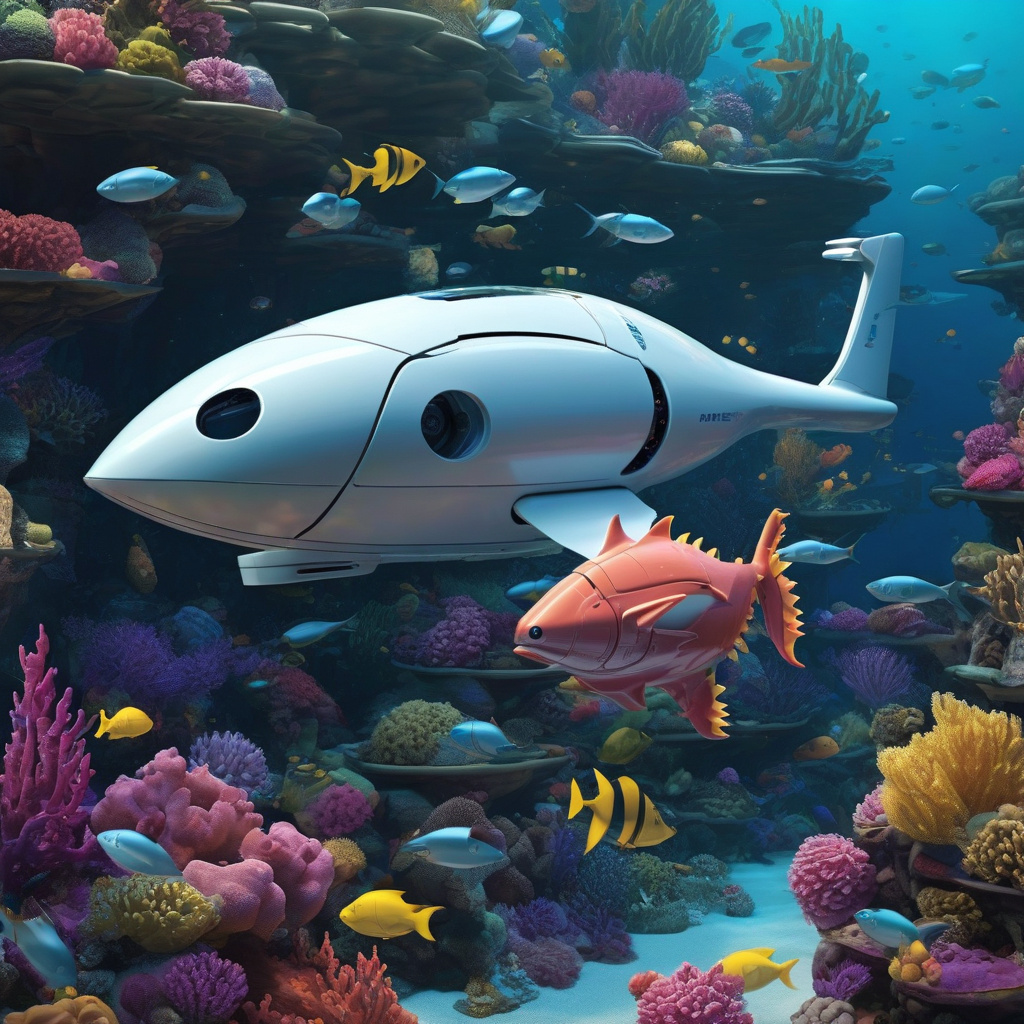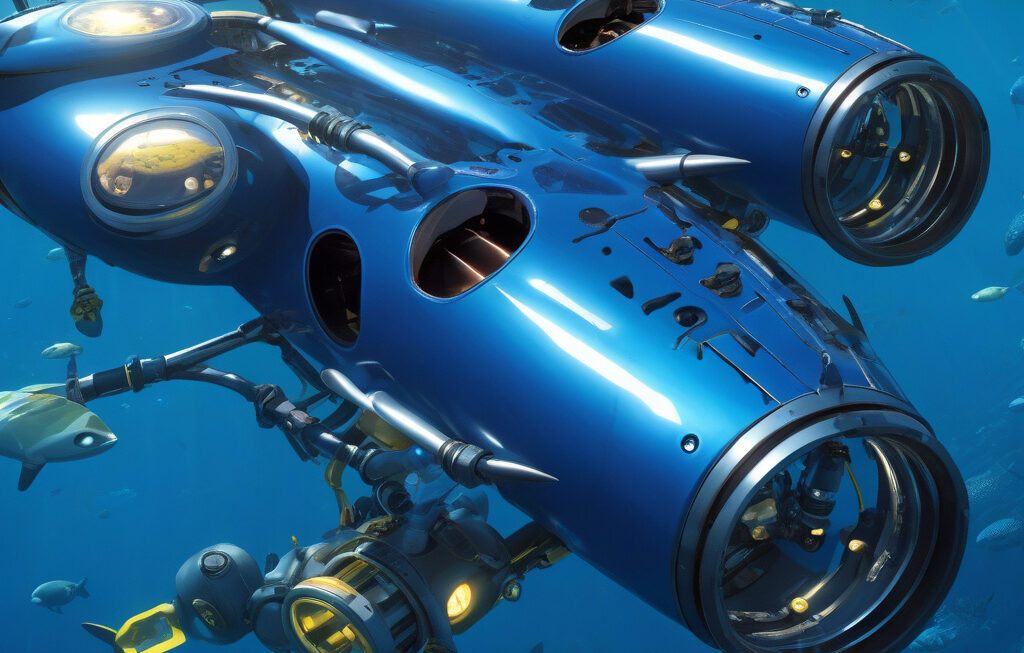Tuna-inspired robotic fin can help deep-sea drones swim better than fish
A team at the University of Maryland (UMD) is advancing underwater drone technology by developing a revolutionary tuna-inspired robotic fin. This innovative design is set to enhance the agility and efficiency of deep-sea drones, surpassing the swimming capabilities of even the most adept marine creatures.
Drawing inspiration from the biomechanics of tuna, known for their exceptional speed and maneuverability in the water, the researchers at UMD have created a robotic fin that mimics the intricate movements of this powerful fish. By closely studying the fluid dynamics and propulsion mechanisms of tuna, the team has been able to replicate nature’s design principles in their robotic fin, allowing for unparalleled performance in underwater environments.
One of the key advantages of the tuna-inspired robotic fin is its ability to adapt to changing conditions in real-time. This dynamic flexibility enables deep-sea drones equipped with the robotic fin to navigate through turbulent waters with ease, adjusting their movements to maximize efficiency and speed. As a result, these drones can cover greater distances and collect more data in a shorter amount of time, making them invaluable tools for ocean exploration and research.
Furthermore, the use of biomimetic design in underwater robotics holds significant promise for a wide range of applications beyond research. From underwater inspections of critical infrastructure to search and rescue missions in deep-sea environments, the enhanced agility and performance of drones equipped with the tuna-inspired robotic fin can revolutionize various industries reliant on ocean exploration.
The development of this groundbreaking technology underscores the importance of interdisciplinary collaboration in driving innovation forward. By combining expertise from fields such as robotics, biology, and fluid dynamics, the team at UMD has been able to push the boundaries of what is possible in underwater drone technology, paving the way for future advancements in the field.
As we look to the future, the potential for tuna-inspired robotic fins to transform underwater robotics is truly exciting. By harnessing the power of nature’s design, researchers are unlocking new possibilities for deep-sea exploration and discovery, pushing the limits of what we thought was achievable in underwater environments. With continued research and development, we can expect to see even more sophisticated and efficient underwater drones that outperform their biological counterparts, opening up a world of opportunities for innovation and progress in ocean science and technology.
In conclusion, the tuna-inspired robotic fin developed by the team at the University of Maryland represents a significant leap forward in underwater drone technology. With its ability to enhance agility, efficiency, and adaptability in deep-sea environments, this innovative design has the potential to revolutionize ocean exploration and industry applications. By taking cues from nature’s most adept swimmers, researchers are unlocking new possibilities for underwater robotics, shaping the future of marine technology in exciting and impactful ways.
robotic fin, underwater drones, tuna-inspired design, deep-sea exploration, biomimetic technology












